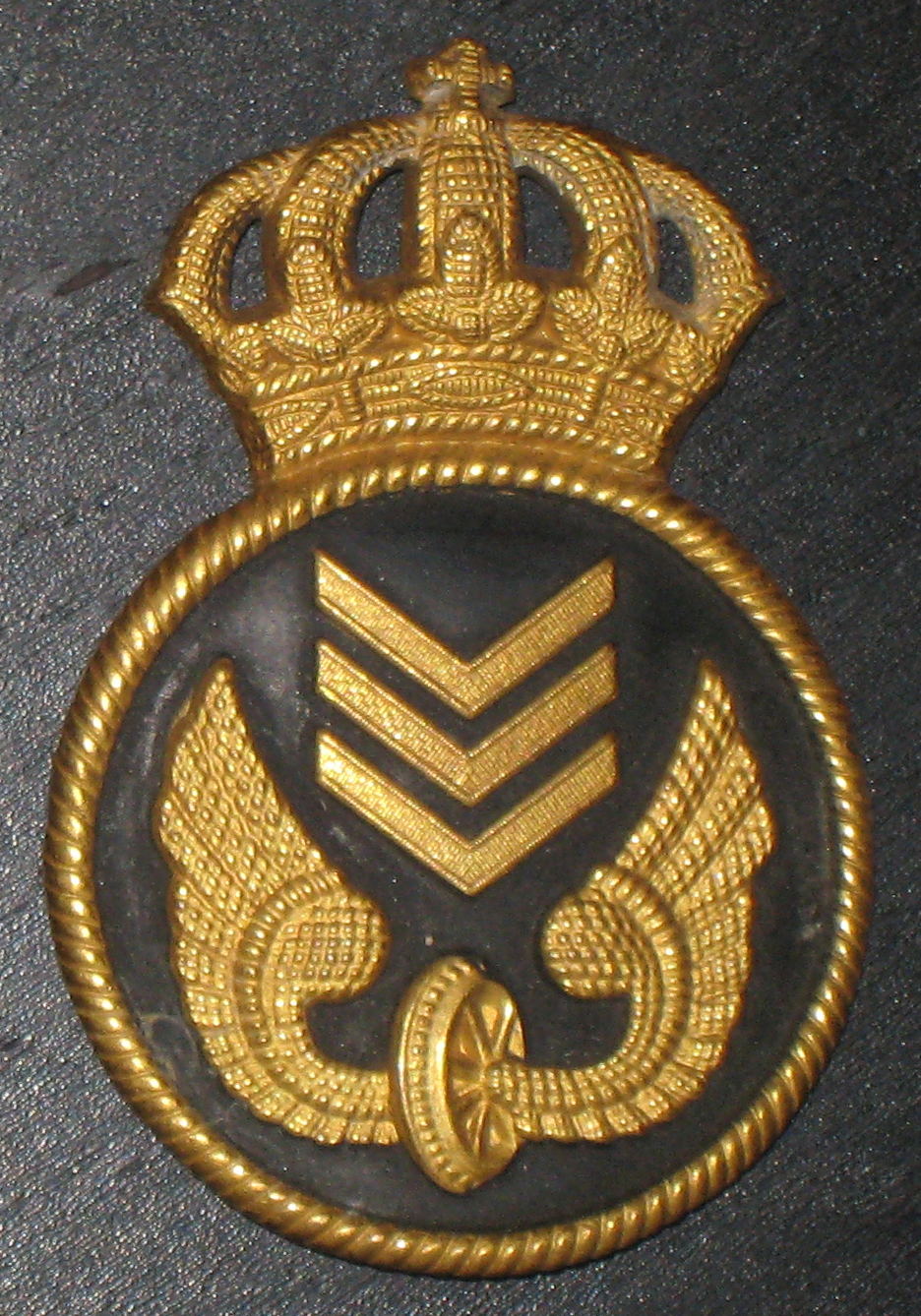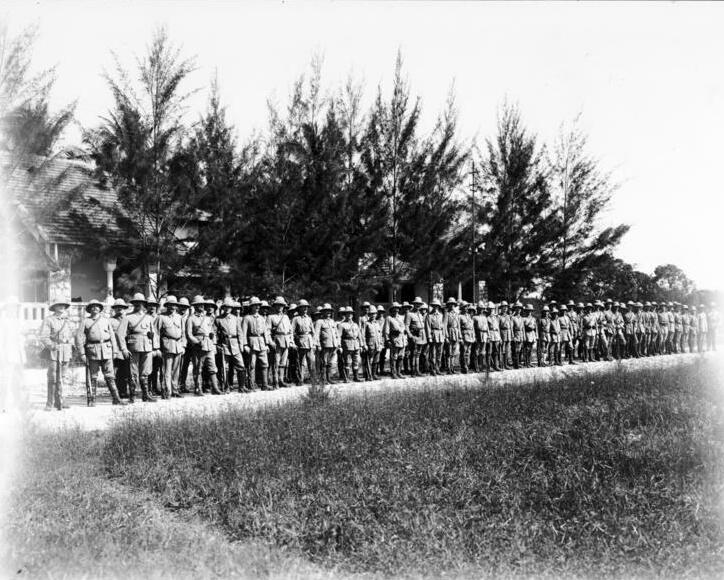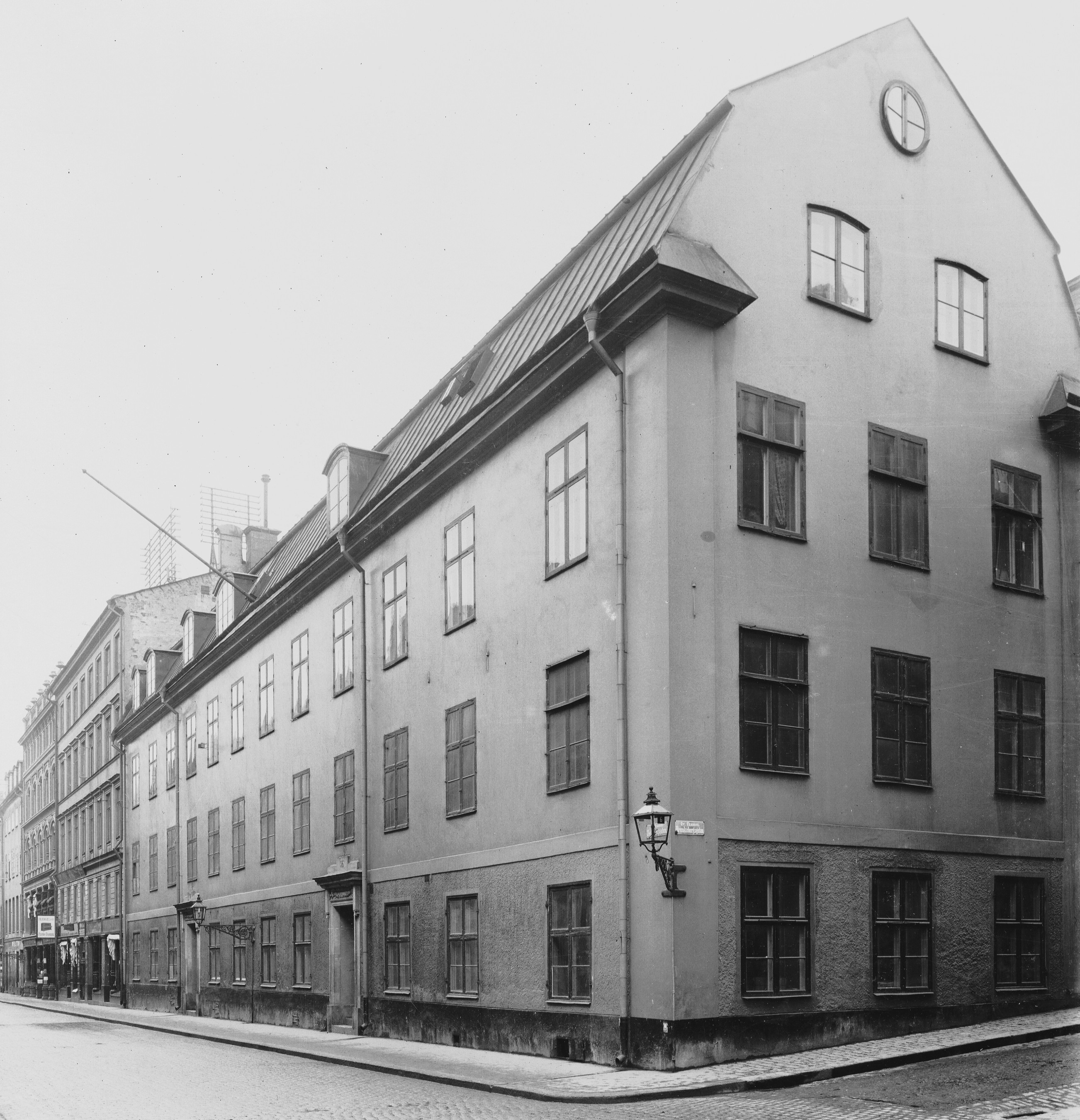|
Carl Gustaf Hammarskjöld
General Carl Gustaf Valdemar Hammarskjöld (22 April 1865 – 27 February 1940) was a Swedish Army officer and conservative politician. Early life Hammarskjöld was born on 22 April 1865 at Väderum farm in Tuna Parish, Vimmerby Municipality, Sweden, the son of lieutenant Knut Hammarskjöld (1818–1891) and Wilhelmina ''Mimmi'' (née Cöster) (1832–1901). Carl Gustaf Hammarskjöld was brother to Hjalmar Hammarskjöld, cousine to Carl Hammarskjöld and Hugo Hammarskjöld, all of which were born in the same room, on the same farm, and became all (cabinet) ministers. Carl Gustaf was uncle to Dag Hammarskjöld. Career Hammarskjöld was commissioned as an officer in Värmland Rifle Corps (''Värmlands fältjägarkår'', No 26) in 1885 with the rank of ''underlöjtnant''. He was promoted to lieutenant in 1891 and served as a staff adjutant and lieutenant in the General Staff in 1895. Hammarskjöld was promoted to captain in the army and in the General Staff in 1899 and he served a ... [...More Info...] [...Related Items...] OR: [Wikipedia] [Google] [Baidu] |
Minister Of Defence (Sweden)
The Minister for Defence of Sweden ( sv, försvarsminister; formal title: sv, statsråd och chef för försvarsdepartementet) is a member of the Government of Sweden ( sv, Regeringen). The Minister heads the Ministry of Defence (Sweden), Ministry for Defence and is appointed and dismissed at the sole discretion of the Prime Minister of Sweden, prime minister of Sweden. Although the Minister for Defence heads the Ministry of Defence, the Minister cannot as a general rule issue directives in his/her own right to the Supreme Commander of the Swedish Armed Forces, Supreme Commander or any other agency director-general in the defence portfolio due to the Ministerstyre, Swedish prohibition on ministerial rule, unless such authority is provided for in specific statutory provisions. Between 1840 and 1920, what corresponds to the Ministry for Defence today, was divided in two separate ministries with their own minister: one for Swedish Army, Army affairs, the Ministry of Land Defence, and ... [...More Info...] [...Related Items...] OR: [Wikipedia] [Google] [Baidu] |
Underlöjtnant
''Underlöjtnant'' (from the German word ''Unterleutnant'') was the lowest officer rank in the Swedish Army from 1835 to 1937 instead of the previous ranks of ''fänrik'' and cornet. was reintroduced in 1914 with the same position as , from 1926 with lower position. History was introduced as a military rank in Sweden in 1835 instead of ''fänrik''. ''Fanjunkare'', who served with distinction, was often promoted after leaving active service to in the Swedish Army. With the 1914 Army Order, Naval Plan and Plan for the Fixed Coastal Defence Organization (), the rank of was reintroduced as a name for a newly commissioned officer, who completed two years of probationary service. The would have s position and salary benefits but be appointed by Warrant of Appointment. The Minister of Defence proposed (Bill 1924:20) that certain should receive a rank above the rank of - with the position of ''löjtnant''. They would be called ("second lieutenants"). would receive the rank of wh ... [...More Info...] [...Related Items...] OR: [Wikipedia] [Google] [Baidu] |
Hedvig Eleonora Parish
Hedvig Eleonora Parish ( sv, Hedvig Eleonora församling) is a parish in Östermalm's church district (''kontrakt'') in the Diocese of Stockholm, Sweden. The parish is located in Stockholm Municipality in Stockholm County. The parish forms its own pastorship. History The parish was formed on 17 April 1672, by an outbreak from the Holmkyrkan Parish (''Holmkyrkans församling''). Until 1737, the parish was also called the Ladugårdsland Parish (''Ladugårdslands församling'') and has also been called the Östermalm Parish (''Östermalms församling''). In 1724 and 1749, the ''Borgerskapets änkhus församling'' and ''Hedvig Eleonora fattighus församling'' broke out, respectively. In 1819, the ''Djurgårdens landsförsamling'' broke out, but returned in 1868. On 1 May 1906, Engelbrekt Parish and Oscar Parish were broken out. The parish has formed and constitutes its own pastorship with the exception of the period from 1819 to 1868 when it was the head parish of the pastorship of ''H ... [...More Info...] [...Related Items...] OR: [Wikipedia] [Google] [Baidu] |
Svenskt Biografiskt Lexikon
''Svenskt biografiskt lexikon'' () is a Swedish biographical dictionary, started in 1917. The first volume, covering names ''Abelin'' to ''Anjou'', was published in 1918. As of 2017, names from A to S are covered. Volumes # ABELIN – ANJOU (1918) # ANKARCRONA – BECKER (1920) # BECK – FRIIS – BERNDES (1922) # BERNDES – BLOCK (1924) # BLOM – BRANNIUS (1925) # BRANT – BYGDÉN (1926) # BÜLOW – CEDERGREN (1927) # CEDERHIELM – CORNELIUS (1929) # CORNELL – DAL (1931) # DíALBEDYHLL – DE LA GARDIE (1931) # DE LA GRANGE – EBERSKÖLD (1945) # EBERSTEIN – EKMAN (1949) # EKMAN – ENWALL (1950) # ENVALLSSON – FAHLBECK (1953) # FAHLBERG – FEUK (1956) # FICH – GEHLIN (1964–1966) # GEIJER – HALL (1967–1969) # HALLARDT – HEURGREN (1969–1971) # HEURLIN – INGE (1971–1973) # INGEBORG – KATARINA (1973–75) # KATARINA – KÖNIGSMARCK (1975–77) # KÖNIGSMARCK – LILJA (1977–79) # LILJEBLAD – LJUNGBERGER (1980–1981) # LJUNGDAHL – MALMROS (19 ... [...More Info...] [...Related Items...] OR: [Wikipedia] [Google] [Baidu] |
National Archives Of Sweden
, nativename_a = , nativename_r = , seal = Riksarkivet_myndighetsvapen_-_Riksarkivet_Sverige.png , seal_width = 150 , seal_caption = , logo = , logo_width = , logo_caption = , picture = , picture_width = , picture_caption = , formed = , preceding1 = , preceding2 = , dissolved = , superseding = , agency_type = , jurisdiction = Government of Sweden , headquarters = Stockholm, Sweden , coordinates = , motto = , employees = , budget = , minister1_name = Jeanette Gustafsdotter , minister1_pfo = Ministry of Culture , minister2_name = , minister2_pfo = , deputyminister1_name = , deputyminister1_pfo = , deputyminister2_name = , deputyminister2_pfo = , chief1_name = , chief1_position = , chief2_name = , chief2_position = , parent_department = , parent_agency = , child1_agency = , chil ... [...More Info...] [...Related Items...] OR: [Wikipedia] [Google] [Baidu] |
Swedish State Railways
The Swedish State Railways ( sv, Statens Järnvägar) or SJ, originally the Royal Railway Board ( sv, Kungl. Järnvägsstyrelsen), was the former government agency responsible for operating the state-owned railways in Sweden. It was created in 1887 as an agency belonging to the Ministry for Civil Service Affairs, with the task of managing all state-owned railway lines in Sweden, and was transferred to the Ministry of Communications in 1920. In 1988, the rail tracks themselves were transferred to the Swedish Rail Administration ( sv, Banverket), and in the upcoming years parts of SJ were gradually transformed into limited companies as a result of the open access obligation introduced by EU Directive 91/440. SJ was disbanded in 2001, with the assets transferred to seven separate companies, the first three owned by the Swedish government and the latter four being privatized: * SJ AB, usually called SJ, the passenger train operator *Green Cargo, which operates freight trains *Jern ... [...More Info...] [...Related Items...] OR: [Wikipedia] [Google] [Baidu] |
Första Kammaren
The Första kammaren (literally "First Chamber", often abbreviated 'FK') was the upper house of the bicameral Riksdag of Sweden between 1866 and 1970 that replaced the Riksdag of the Estates. During the bicameral period, the lower house of the Riksdag was the Andra kammaren (literally "the Second Chamber"). Both chambers had generally similar and parallel powers. At the time of its abolition, the First Chamber had 151 members. These were indirectly elected for eight-year terms of office, from amongst the county councils (''landsting'') and city councils (''stadsfullmäktige''), which formed electoral colleges, some of which holding elections every year, with local elections being held every four years in even years when elections to the Second Chamber were not due to be held. During a large portion of the long tenure of power for the Social Democrats (between 1932 and 1976), the party remained in control of legislation thanks to its strong position in the First Chamber. If the ... [...More Info...] [...Related Items...] OR: [Wikipedia] [Google] [Baidu] |
Andra Kammaren
The Andra kammaren (lit. Second Chamber) was the lower house of the bicameral Riksdag of Sweden between 1866 and 1970 that replaced the Riksdag of the Estates. The upper house was the Första kammaren. At the time of its abolition the chamber had 233 members, who were elected for four-year terms of office by men and women over the age of twenty. Volume 24, Dan Golenpaul, McGraw-Hill, 1970, page 358 Both chambers had the same powers. At the last general election in 1968, the |
Ministry Of Defence (Sweden)
The Ministry of Defence ( sv, Försvarsdepartementet) is a Swedish government ministry responsible for the national defence policy. The Ministry of Defence has existed in its present form since 1 July 1920. It has been located at its present premises at Jakobsgatan 9 at Gustaf Adolfs torg, Stockholm, since 1966. The ministry has a staff of 131 (2020): political advisers, officials, assistants, clerical officers, military advisers in military issues, etc. The ministry is headed by the Minister of Defence, currently Pål Jonson ( M). Government agencies The Ministry of Defence is principal for the following government agencies: Areas of responsibility * The military defence * International operations * Emergency preparedness See also * Defence diplomacy References External links * {{DEFAULTSORT:Ministry Of Defence (Sweden) Defence Sweden Sweden, formally the Kingdom of Sweden,The United Nations Group of Experts on Geographical Names states that the co ... [...More Info...] [...Related Items...] OR: [Wikipedia] [Google] [Baidu] |
Landsturm
In German-speaking countries, the term ''Landsturm'' was historically used to refer to militia or military units composed of troops of inferior quality. It is particularly associated with Prussia, Germany, Austria-Hungary, Sweden and the Netherlands. Austria-Hungary The Austro-Hungarian ''Landsturm'' was a reserve force that consisted of men aged 34 to 55. It was intended to provide replacements for the front line units and provide a militia for local defense. It was divided into the Austrian Imperial (Kaiserlich) ''Landsturm'' and the Hungarian Royal ( Königlich) ''Népfelkelés''. During the First World War, the Austrian Landsturm formed 40 regiments totaling 136 battalions in Austria and the Hungarian Landsturm formed 32 regiments totaling 97 battalions. They provided 20 Brigades who took to the field with the rest of the army. Germany Prussia from 1813 In Prussia after the of 21 April 1813 all the male population from ages 15 to 60 who were capable of military ... [...More Info...] [...Related Items...] OR: [Wikipedia] [Google] [Baidu] |
Ministry Of Land Defence
Ministry of Land Defence ( sv, Lantförsvarsdepartementet) was in a broad sense, one of the eight ministries, in which the Government of Sweden, Swedish government administration was divided into. Its head was called Minister of War. The Ministry of Land Defence Department was established on 16 May 1840 and was merged with the Ministry for Naval Affairs (Sweden), Ministry for Naval Affairs into the newly established Ministry of Defence (Sweden), Ministry of Defence on 30 June 1920. History The Ministry of Land Defence was established in connection with the ministry reform in 1840. The cases, previously handled by the War Office (''Krigsexpeditionen''), were now divided between the Ministry of Land Defence and the Ministry for Naval Affairs (Sweden), Ministry for Naval Affairs. The Ministry of Land Defence's first cabinet meeting day was on 19 May 1840. According to the Royal Decree concerning the distribution of cases between the ministries on 16 May 1840 (Swedish Code of Statutes, S ... [...More Info...] [...Related Items...] OR: [Wikipedia] [Google] [Baidu] |
Military Office Of The Land Defence
The Military Office of the Land Defence ( sv, Lantförsvarets kommandoexpedition), from 1840 to 1922 called the Military Office of the Ministry of Land Defence ( sv, Lantförsvarsdepartementets kommandoexpedition), was an office in the Royal Chancery from 1840 to 1945, where all so-called ‘military command matters’ were handled and from where these accompanying dispatches (including general orders) were issued. In 1945, it was amalgamated into the Military Office of the Minister of Defence. History The Military Office of the Ministry of Land Defence traces its origins to the Office of Adjutant General (''Generaladjutantsämbetet''), which in connection with the departmental reforms of 1840 ceased. The Ministry of Land Defence and the Ministry for Naval Affairs were established, where – as far as the army is concerned – so-called command matters came to be handled within the ministry's military office (from 1922 called the Military Office of the Land Defence). The command ... [...More Info...] [...Related Items...] OR: [Wikipedia] [Google] [Baidu] |




